Moving teeth with braces has long been considered a permanent cure to crowded teeth. However, we now know this traditional approach is neither permanent nor a cure. The literature accepts that the only way to ensure satisfactory alignment is by use of fixed or removable retention for life.1 Orthodontics has thus proven its reliance on these interventions.
When we graduate as dentists or specialists, we are all implicitly bound to honor the trust placed in us as medical professionals. Despite this, traditional orthodontics may cause root resorption or enamel damage, exacerbate periodontal disease, increase the chance of caries and devitalize teeth.2 After this begins the need for lifelong maintenance of permanent retainers, the burden of which is borne by both the patient and the practitioner.
Despite our status as medical professionals, has the orthodontic profession veered away from being a health science and moved toward the realm of cosmetics?
Premolar extractions
There is no better example than the prevalence of premolar extractions in private practice. Epidemiological data is sparse, but according to the most contemporary survey conducted of U.S. private practices, 25 percent to 85 percent of our children have healthy teeth extracted in the name of orthodontics.3
The justification and rationale behind premolar extractions today rests with P. R. Begg’s 1954 assertion that the low incidence of malocclusion in primitive dentitions was because of gritty diets causing interproximal attrition; Begg suggested that this amounted to a premolar’s width in each quadrant.4
Begg’s research has been roundly refuted in the literature,5 not least because his own theory refutes his results: both crowding and attrition increased with age.
Extractions lead to stability?
Do premolar extractions lead to more stability? No. R. M. Little’s definitive 1981 study showed satisfactory mandibular anterior alignment in less than 30 percent of extraction cases 10 years post-retention,6 and in less than 10 percent of cases 20 years post-retention.7 Many other studies have corroborated this conclusion.
Although hygienists, dentists and all other specialists strive to preserve teeth, this principle seems outside the orthodontic profession’s orbit of thinking.
What causes malocclusion?
“Whenever there is a struggle between muscle and bone, bone yields,” wrote T. M. Graber in his seminal 1963 manifesto on the influence of muscles on malformation and malocclusion.8 In their review of the orthodontic influence of mandibular muscles, Pepicelli et al. (2005) corroborated this by saying it is “well accepted” that the position and function of the facial and mandibular muscles are “critical influences” on alignment and stability.9
The weight of the literature rests with the fact that muscle function and posture (the way patients swallow and posture their tongue) is the most significant cause of malocclusion.10
A time for change?
Throughout its 100-year history, the orthodontic tradition has been evolved by great minds, such as Angle, Frankel, Graber, Rickets, Garliner and Little. However, if we aspire to be considered a scientific medical profession, orthodontics must continue to evolve with the research. This means re-orientation toward a more evidence- and health-based approach.
Are we going to continue to accept relapse or retention until the death of the patient or the orthodontist? The science is there: The cause is muscle function, and the solution is myofunctional orthodontics.
About the author
Dr Rohan Wijey works and lives in Australia on the Gold Coast. He practices at Myofunctional Research Company’s clinical arm, MRC Clinics, and teaches dentists and orthodontists from around the world about early intervention and myofunctional orthodontic appliances.
Editorial note: This article was published in Ortho Tribune Vol. 6 No. 3, June 2011. References are available from the publisher.
By far the most frequently asked question in every orthodontic office is, “When are my braces coming off?” In the fast-paced, busy lives of ...
SYRACUSE, N.Y., USA: Nearly two in five American adults (39 percent) say they have limited or will delay dental care due to their financial situation, a ...
The STA Injection System, a computer-controlled local anesthetic delivery, or C-CLAD, is not only great for single tooth anesthesia, but is also very useful...
NEW YORK, N.Y., USA: Robert S. Roda, DDS, MS, was installed as president of the American Association of Endodontists during AAE’s annual session, held...
NEW YORK, NY, USA: The Tooth Fairy is being more generous these days, according to a recent survey. In fact, some are even saying the increased amounts ...
HOUSTON, Texas, USA: Forward Science and EPI Health, a wholly owned subsidiary from EPI Group, have entered into an exclusive agreement licensing Sitavig to...
CLEVELAND, US: The menopause is marked by alterations in reproductive hormone levels, and this can have adverse effects on bone health. Since chronic kidney...
CHICAGO, IL, USA: The AAE Foundation has awarded its first Endowed Faculty Matching grant to the endodontic department of the University of Texas Health ...
CHICAGO, Ill., USA: Dr. Marcelo W.B. Araujo has accepted the role of vice president of The Science Institute for The American Dental Association (ADA). ...
Thanks to the latest advances in cosmetic tooth alignment, general dentists are now able to provide simple, straightforward treatment for adult patients ...
Live webinar
Wed. 14 January 2026
12:00 PM EST (New York)
Dr. Théo Laplane, Dr. Robert Gottlander DDS
Live webinar
Fri. 16 January 2026
12:00 PM EST (New York)
Live webinar
Mon. 19 January 2026
1:00 PM EST (New York)
Philipp Kopp, Michael Seeber
Live webinar
Thu. 22 January 2026
9:00 AM EST (New York)
Prof. Judith Jones D.D.S; M.P.H., Prof. Kakuhiro Fukai D.D.S., Ph.D, Dr. Bathsheba (Bethy) Turton
Live webinar
Thu. 22 January 2026
2:00 PM EST (New York)
Dr. Nicola M. Grande DDS, PhD
Live webinar
Wed. 28 January 2026
8:00 AM EST (New York)
Live webinar
Wed. 28 January 2026
11:00 AM EST (New York)
Prof. Dr. Jan-Frederik Güth



 Austria / Österreich
Austria / Österreich
 Bosnia and Herzegovina / Босна и Херцеговина
Bosnia and Herzegovina / Босна и Херцеговина
 Bulgaria / България
Bulgaria / България
 Croatia / Hrvatska
Croatia / Hrvatska
 Czech Republic & Slovakia / Česká republika & Slovensko
Czech Republic & Slovakia / Česká republika & Slovensko
 France / France
France / France
 Germany / Deutschland
Germany / Deutschland
 Greece / ΕΛΛΑΔΑ
Greece / ΕΛΛΑΔΑ
 Hungary / Hungary
Hungary / Hungary
 Italy / Italia
Italy / Italia
 Netherlands / Nederland
Netherlands / Nederland
 Nordic / Nordic
Nordic / Nordic
 Poland / Polska
Poland / Polska
 Portugal / Portugal
Portugal / Portugal
 Romania & Moldova / România & Moldova
Romania & Moldova / România & Moldova
 Slovenia / Slovenija
Slovenia / Slovenija
 Serbia & Montenegro / Србија и Црна Гора
Serbia & Montenegro / Србија и Црна Гора
 Spain / España
Spain / España
 Switzerland / Schweiz
Switzerland / Schweiz
 Turkey / Türkiye
Turkey / Türkiye
 UK & Ireland / UK & Ireland
UK & Ireland / UK & Ireland
 International / International
International / International
 Brazil / Brasil
Brazil / Brasil
 Canada / Canada
Canada / Canada
 Latin America / Latinoamérica
Latin America / Latinoamérica
 China / 中国
China / 中国
 India / भारत गणराज्य
India / भारत गणराज्य
 Pakistan / Pākistān
Pakistan / Pākistān
 Vietnam / Việt Nam
Vietnam / Việt Nam
 ASEAN / ASEAN
ASEAN / ASEAN
 Israel / מְדִינַת יִשְׂרָאֵל
Israel / מְדִינַת יִשְׂרָאֵל
 Algeria, Morocco & Tunisia / الجزائر والمغرب وتونس
Algeria, Morocco & Tunisia / الجزائر والمغرب وتونس
 Middle East / Middle East
Middle East / Middle East

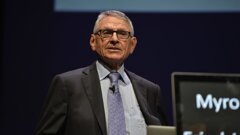




























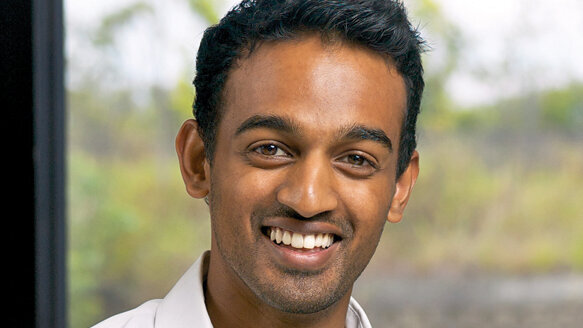



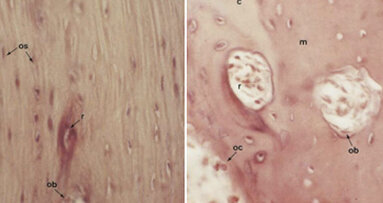
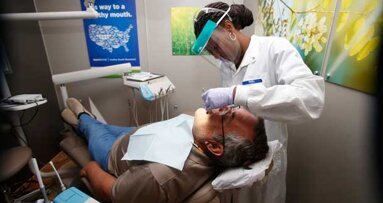
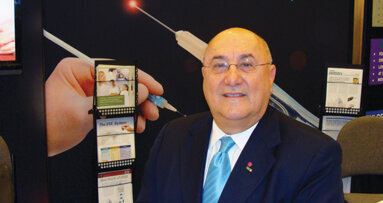
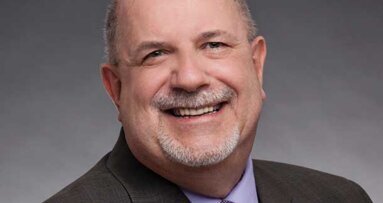


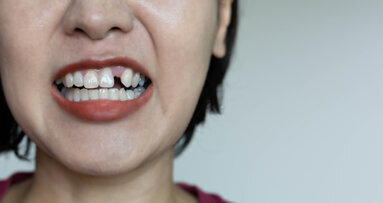
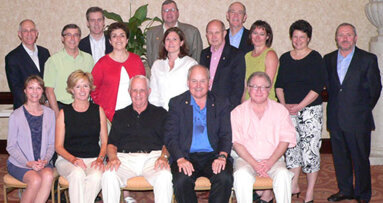
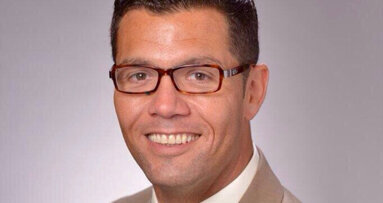
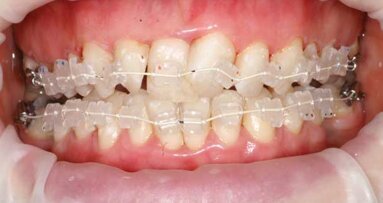

















To post a reply please login or register